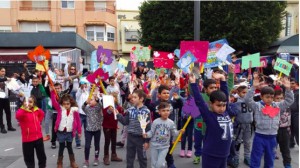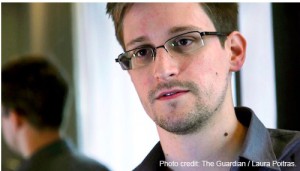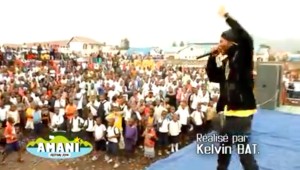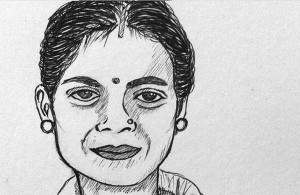.. EDUCATION FOR PEACE ..
an article by Teleprensa (abbreviated)
The 268 schools in the province integrated into the network ‘The school as a space for peace’ celebrated today [January 30] the School Day of Non-violence and Peace with a program of fun and cultural activities promoting democratic values, equality, respect for diversity, dialogue and tolerance. More than 100,000 students and 5,000 teachers participate in these initiatives to improve coexistence in the educational community.

click on the photo to enlarge
Children from the public school of Chanca have taken to the streets for their own peace demonstration
The main event was held at the Multipurpose Center of Berja, organized by the seven schools in the municipality involved in the network ‘The school as a space for peace’ with the project collective ‘Berja: Puerta de la Paz de La Alpujarra’ . It consists of the infant school Barajas, the primary schools Andrés Manjón, San Tesifón and Celia Viñas, the CDP school Our Lady of Gádor, Villavieja and the IES school Sierra de Gador. More than five hundred students attended this event which read the ‘Manifesto 2000’, a formulated by a group of Nobel Peace Prize winners on the occasion of the 50th anniversary of the Universal Declaration of the Human Rights to spread the culture of peace and nonviolence. The text incorporates the idea of individual responsibility in the family, the village, the region and the country to practice and promote non-violence, tolerance, dialogue, reconciliation, justice and solidarity on a daily basis.
The students read messages about respect for life, rejection of violence, generosity, understanding, preservation of the environment and natural resources, solidarity and equality. In addition, with the patronage of Municipal Sports, their schools organized a charity race to benefit the NGO Save the Children. The primary school Palomares, Cuevas del Almanzora, has also supported this NGO to raise funds for the people of the Sahel. Previously, students have studied in their classrooms about the food crisis and the living conditions in the African region. . .
In Vicar, the primary school Federico García Lorca has organized several circuits of cooperative games on the values of peace with the participation of families and secondary students as monitors.
The School Day of Non-violence and Peace has been celebrated on January 30 since 1964, when it emerged as an initiative of the Spanish professor Llorenç Vidal to spread education and tolerance, solidarity, harmony and respect for human rights. In 1993 he received the support of UNESCO that made this a World Day celebration. The event coincides with the date when Mahatma Gandhi was assassinated in 1948.
The Junta delegate of Education, Culture and Sports, Elizabeth Arevalo, stressed that ‘the culture of peace is not only a main issue but is one of the ultimate goals of the public education system in Andalusia as embodied in the Plan Andaluz of Education for a Culture of Peace’, which involved the creation of the Network “The school as a space of peace” ‘in the 2002-2003 academic year.
(Click here for a Spanish version of this article)
Question related to this article:
What is the best way to teach peace to children?
Comment by Jeanne posted: Mar. 04 2015
The best ways to teach peace to children pre-K to 12:
1. Create schools and classrooms where children live and learn in environments that foster kindness and caring with empathy, respect for everyone and personal responsibility for all that you say and do.
2. Teach the concept of human rights and dignity and the skills of critical thinking and peaceful conflict resolution.
3. Integrate and infuse the concepts and skills in all curriculum subject areas so children develop into knowledgeable and thoughtful world citizens who feel empowered to make the world better for everyone and who are not afraid to take on the political establishment.
Our world leaders of tomorrow are in our classrooms today. What a wonderful opportunity educators have to impact our quest for that elusive culture of peace!
If you want to receive by pdf, our Newsletter with resources and ideas for educators, please contact me:
Jeanne Morascini, Founder
Curriculum of Hope for a Peaceful World
Jemora@aol.com




